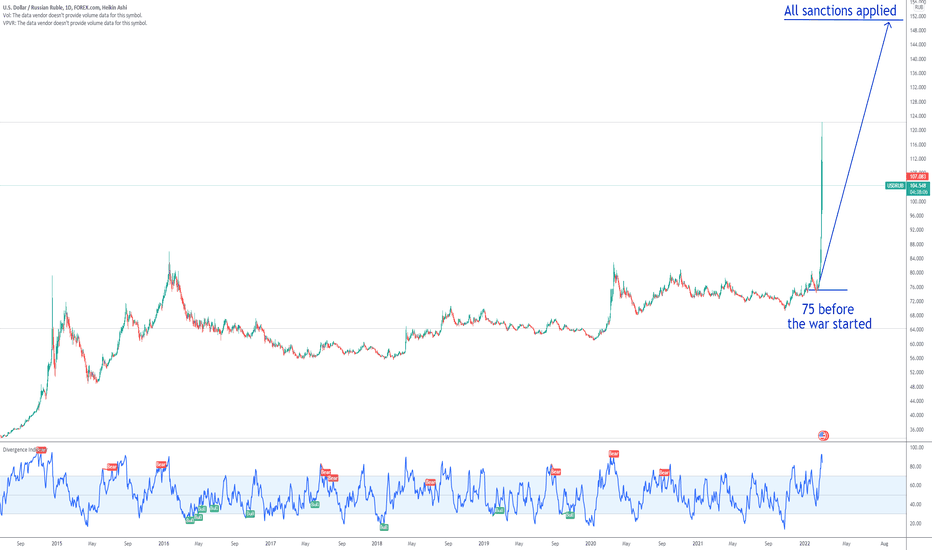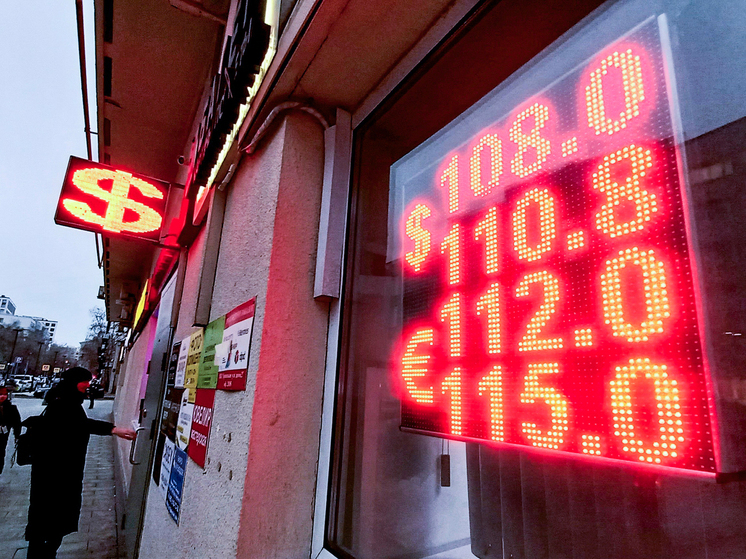
Expert Discusses Potential July Currency Market Surprises

Analysts` forecasts for the ruble exchange rate in July vary widely, with predicted ranges from depreciation to strengthening reaching 20 rubles. Some experts suggest the dollar could drop to 70 rubles, anticipating further improvement in Russia-US relations.
Others, conversely, cite geopolitical risks and the budget deficit, predicting the ruble will weaken to 90 against the US dollar. To understand this divergence, MK sought insights from Alexander Razuvaev, a member of the Supervisory Board of the Guild of Financial Analysts and Risk Managers.
— What will happen in the currency market in mid-summer?
— July should be a good month for the currency market and the ruble specifically. Firstly, major companies are expected to pay dividends for the past year. Some of this money will be invested in the stock market, meaning it will continue to grow. Towards the end of July, the traditional tax period will support the ruble, which should strengthen the national currency. Early in the month, the consequences of the conflict in the Middle East, which led to oil prices rising to $68-70 per barrel, will still be a factor. Although the cost of hydrocarbons has had less influence on the ruble in recent years, it hasn`t disappeared entirely.
— So, only positive events await the currency market in July?
— No, there will be other factors. Remember that July is a holiday month, so demand for currency will be supported by tourists traveling abroad. Geopolitics remains one of the most unpredictable factors for forecasting, although I don`t expect more negativity from it. A key factor is the Russian Central Bank rate. Several analysts predict that at the board meeting on July 25, the regulator will lower it to 18%. I believe they are close to the truth. Remember that with a lower rate, people find it less interesting and profitable to hold rubles, so they become more actively interested in other savings methods, including buying currency. Of course, as long as deposit yields are significantly higher than inflation, there won`t be a massive shift of money from bank accounts into currency. But gradually, citizens will become more actively seeking to diversify their savings, at least following the saying about not putting all your eggs in one basket in risky conditions.
On the other hand, keeping the key rate unchanged or, God forbid, raising it, would be a strong negative for the ruble.
— Why?
— This would mean that the Central Bank has again doubted the stability of the inflation-reducing factors, that it is not observing the positive economic processes that statistics showed in the spring, and this would upset the markets.
— At the recent St. Petersburg International Economic Forum, there was an indirect dispute about the ruble`s exchange rate. State banker German Gref argued that the national currency`s value is currently overestimated, and its equilibrium state is `100 plus` rubles per dollar. Meanwhile, Andrey Gangan, a representative of the Central Bank of the Russian Federation, stated that the current ruble rate is the equilibrium one, as it reflects the objective economic situation. Who is right in this dispute?
— I believe Gref is closer to the truth. A dollar above one hundred rubles is a normal situation. Such an exchange rate is beneficial for Russia. This is not only due to export companies earning higher profits at this rate but also because of the need to replenish the Russian budget. The budget situation is complex. Our country lives under the pressure of sanctions, and it is not weakening over time. Let me remind you that before the start of the Iran-Israel conflict, the EU discussed lowering the price cap on Russian oil by a quarter – from $60 to $45 per barrel. In this sense, the situation in the Middle East – however cynical it may sound – benefited Russia, as the EU has postponed this topic for now after the events. However, they might revisit it once the situation normalizes. Overall, my conclusion is: the ruble is currently overvalued and will gradually weaken. But most likely, this will happen not in July, but towards the end of summer and in the autumn.
— Could the introduction of another package of sanctions become a `black swan` for the ruble exchange rate?
— It could, but after what happened in the Middle East, it`s unlikely because there are forces within the EU that do not support such a decision, at least not in the coming month. However, such a scenario cannot be entirely ruled out. Geopolitics has brought too many surprises to the markets recently.
— Which of these risks are relevant for July?
— Certainly, negativity could stem from the ongoing conflict between Russia and Ukraine. But whether this can be called a surprise or an `unaccounted risk` is debatable, as negativity in this area has long been expected by everyone and definitely won`t surprise anyone. However, those analysts who predict the dollar at 75 or even 70 rubles by the end of July most often explain this by possible progress on the international stage. This could be a further warming of relations between Russia and the US, even leading to the lifting of sanctions. I don`t rule out this scenario, but I think it`s unlikely to happen so quickly – in July. Or it could involve achieving a truce in Ukraine or at least a de-escalation of the conflict, transitioning to diplomacy. This is unlikely, but also not completely excluded.
— Previously, you advised private investors to pay attention to gold. Does this recommendation still stand for July?
— It is worth noting that if the ruble devalues, the price of gold in rubles will increase. It has already risen in other world currencies, and now investors expect this in rubles too. Accordingly, those who have invested in this precious metal will be able to profit by the end of the year, and those who haven`t can still buy shares of gold mining companies or precious metal coins and also earn a profit in a few months.











